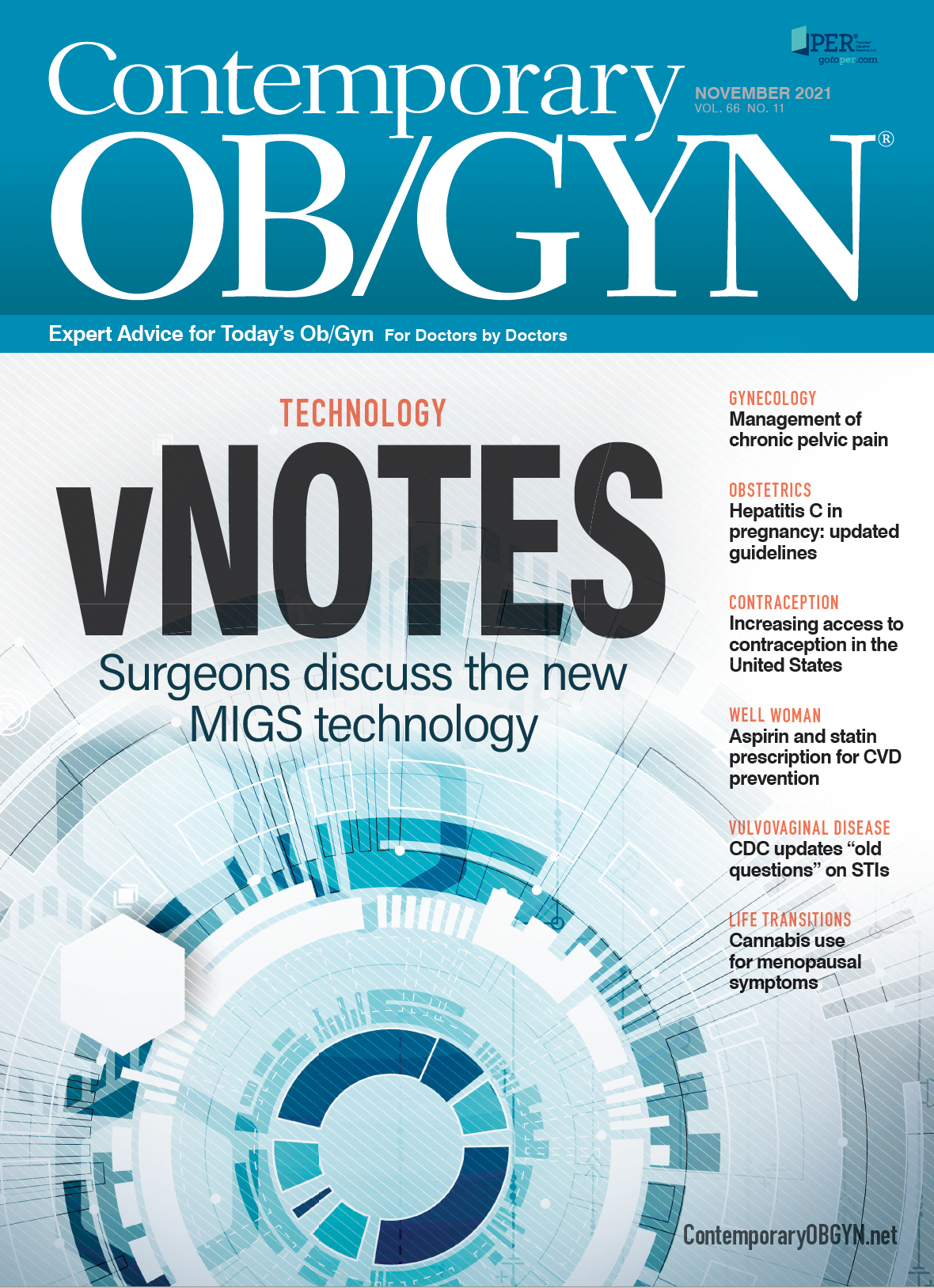Increasing access to contraception in the United States
One year after the close of the Increasing Access to Contraception (IAC) Learning Community, participants had sustained their efforts in support of at least 1 goal: to improve women’s access to the full range of contraceptive options.
The study findings were published in the Journal of Women’s Health.1
The learning community, which took place from October 2016 to May 2018, was implemented by the Association of State and Territorial Health Officials (ASTHO) in partnership with the Centers for Disease Control and Prevention (CDC); the Department of Health & Human Services Office of Population Affairs; and the Center for Medicaid and Children’s Health Insurance Program Services of the Centers for Medicare & Medicaid Services.
The learning community comprised 27 state and territorial jurisdictions, with teams from each jurisdiction consisting of state health department leaders, program staff, and provider champions.
“The original contraception-focused learning community began in 2014 as a way to share strategies and best practices in state-led immediate postpartum long-acting reversible contraception (LARC) protocol development and implementation,” said lead author Carla DeSisto, PhD, MPH, an epidemiologist in the CDC’s Division of Reproductive Health in Atlanta, Georgia. “That learning community, called the Immediate Postpartum LARC Learning Community, expanded from 6 states in 2014 to 13 states in 2015.”
Despite the progress, the CDC and ASTHO started hearing from participating and nonparticipating states that there was a need to go beyond immediate postpartum LARC alone and embrace policies and programs that increased access to the full range of contraceptives options.
Thus, in 2016, the learning community broadened to 27 jurisdictions with a scope of improving access to the full range of contraception.
The University of Illinois Chicago evaluation team contacted jurisdictions during May and June 2019 to complete a postassessment of goal achievement and sustainment through semistructured interviews over the telephone or via email.
The 26 responding jurisdictions (96% participation rate) had created a total of 79 goals. At the final learning community meeting, 35 goals (44%) had been achieved. Three jurisdictions achieved all their goals by the close of the learning community.
At 1-year follow-up, jurisdictions were sustaining efforts for 69 (87%) of the total goals. In every jurisdiction, work on at least 1 goal that originated in the learning community was continuing.
Many of the goals achieved by the jurisdictions addressed logistical barriers, provider awareness and training, consumer awareness, and reimbursement and financial sustainability. An example of a goal to address logistical barriers was reducing the number of clinics that require 2 visits for the placement of an intrauterine device (IUD).
“These findings underscore [the fact] that jurisdictions worked extremely hard to reach their goals,” DeSisto told Contemporary OB/GYN®. “They created…detailed action plans to achieve them. They were also able to leverage the multidisciplinary nature of their teams to accomplish their work, often across different agencies within their jurisdiction. It was really awe-inspiring to witness.”
Nevertheless, during the interviews, the jurisdictions mentioned a number of barriers to achieving goals: lack of resources such as staff and funding, staff turnover, political concerns about contraception, and disagreement about priorities and interdependent goals.
“Some of the key facilitators to achieving goals are funding, leadership engagement and support, champions, stakeholder partnerships, and the actual learning community meetings and activities,” DeSisto said. “Forming a multidisciplinary team, creating an action plan, having regular meetings dedicated to the work, and learning from other jurisdictions and national experts helped teams achieve and sustain their goals.”
Future learning communities may find it beneficial to engage with jurisdictions to develop robust, well-defined goals that are coupled with implementation strategies, according to DeSisto.
“It may also be advantageous for jurisdictions to consider how they will measure success in achieving their goals before the work even begins, and to think about how they will sustain their work beyond the learning community,” she said.
Disclosures
DeSisto reports no relevant financial disclosures.
- Reference
DeSisto CL, Estrich CG, Kroelinger CD, et al. Increasing access to contraception in the United States: assessing achievement and sustainability. J Womens Health (Larchmt). 2021;30(9):1217-1224. doi:10.1089/jwh/2021.0414

Recap on reproductive rights with David Hackney, MD, MS
December 20th 2022In this episode of Pap Talk, we spoke with David Hackney, MD, MS, maternal-fetal medicine physician at Case Western Reserve University and chair of ACOG's Ohio chapter for a full recap of where restrictions on reproductive rights have been and where they're going.
Listen
In this episode of Pap Talk, Gloria Bachmann, MD, MSc, breaks down what it means to be a health care provider for incarcerated individuals, and explores the specific challenges women and their providers face during and after incarceration. Joined by sexual health expert Michael Krychman, MD, Bachmann also discusses trauma-informed care and how providers can get informed.
Listen
